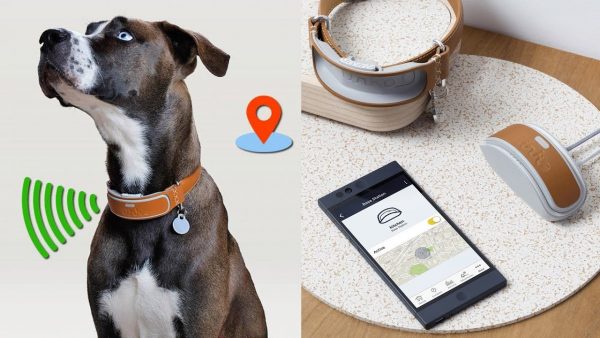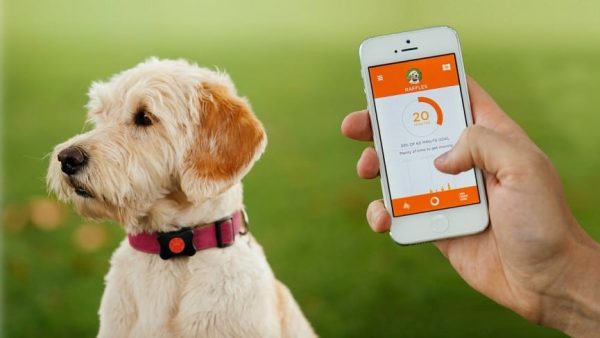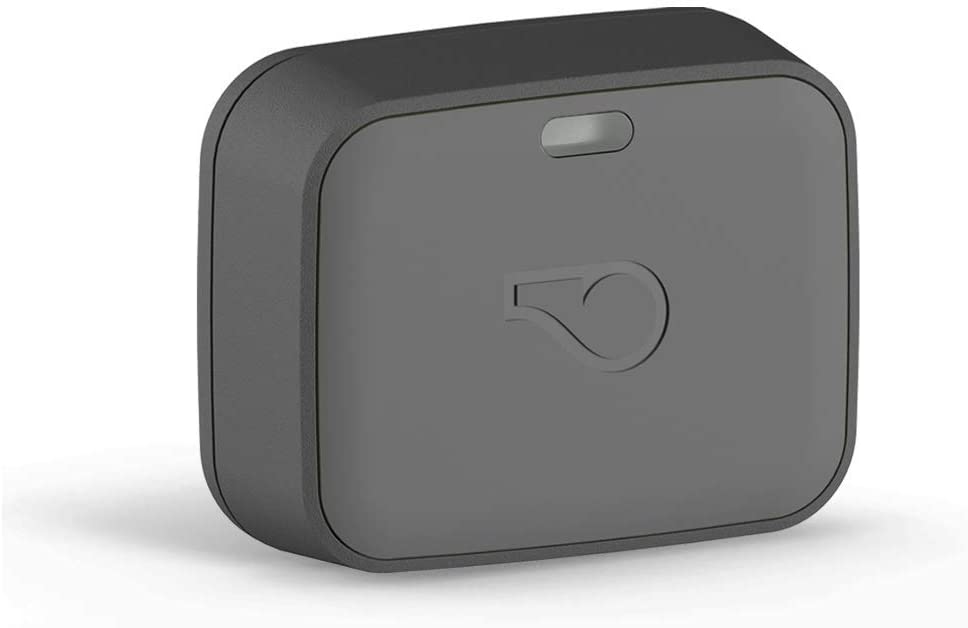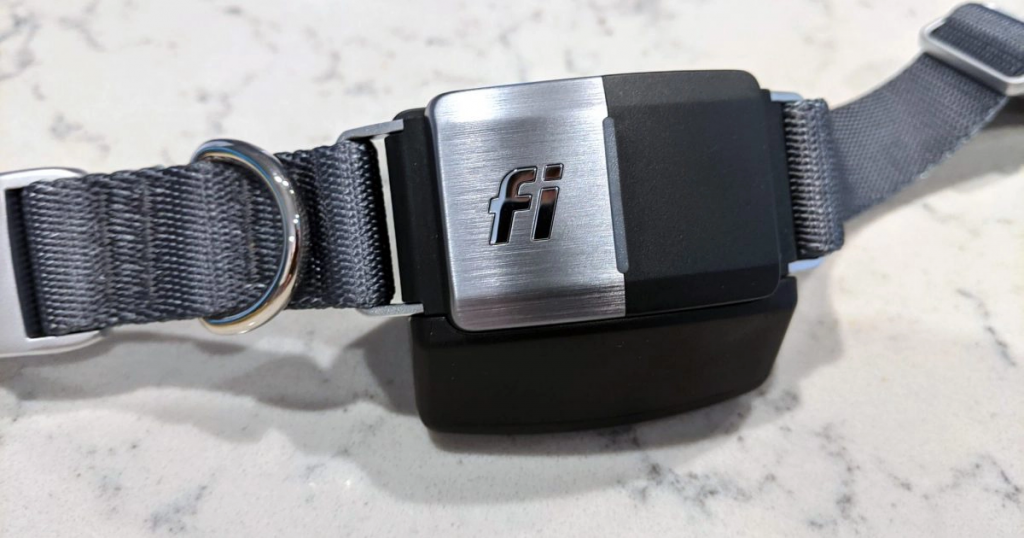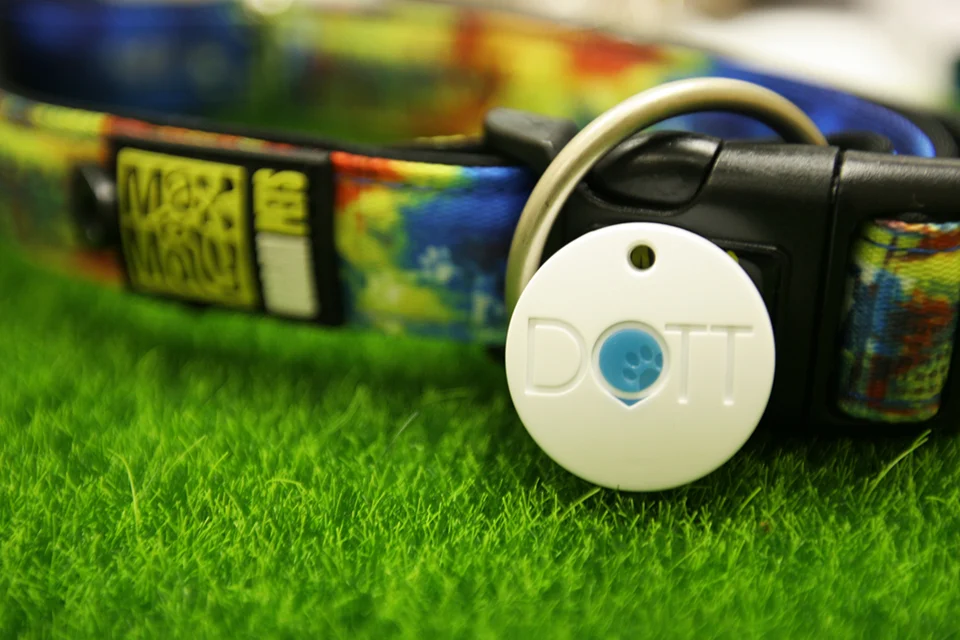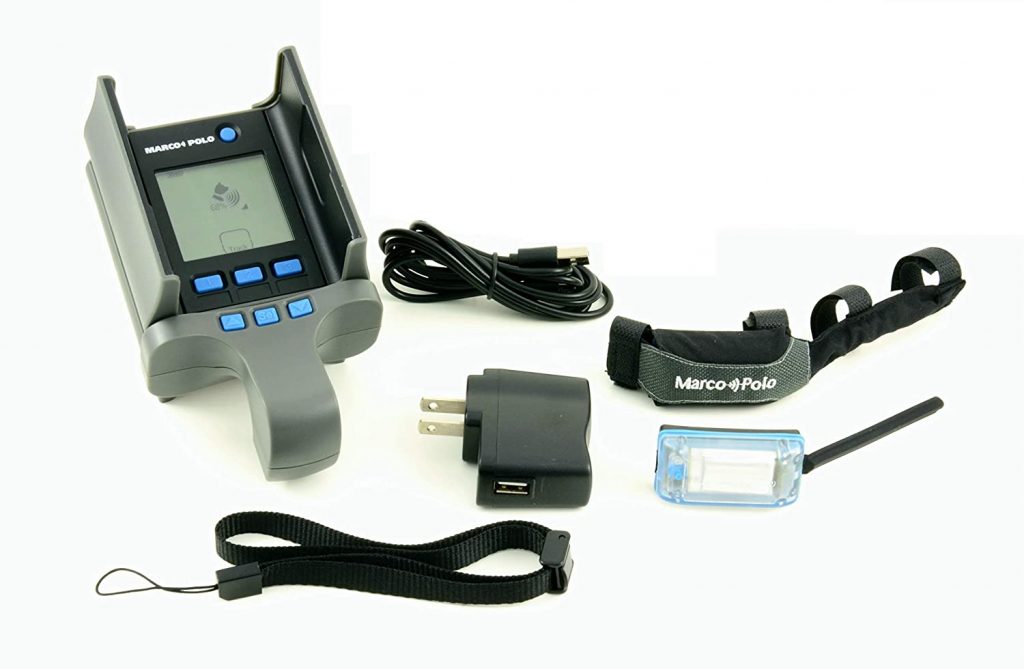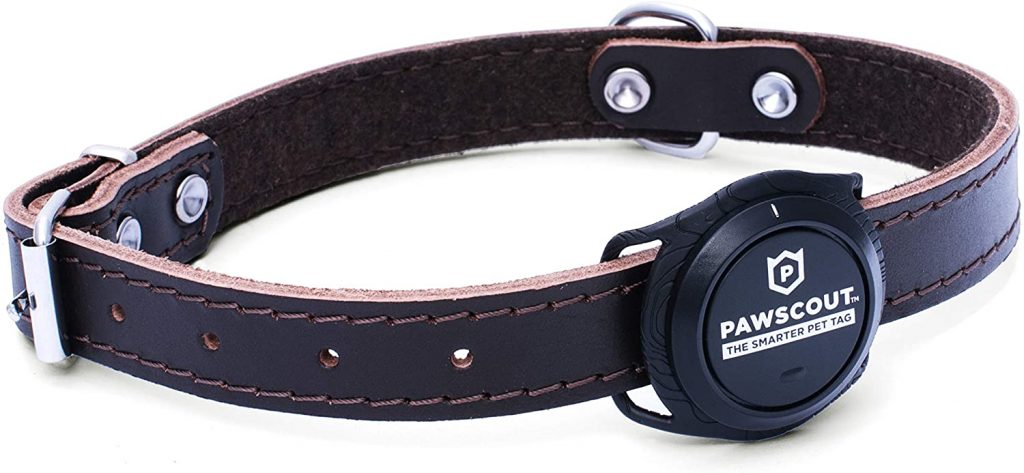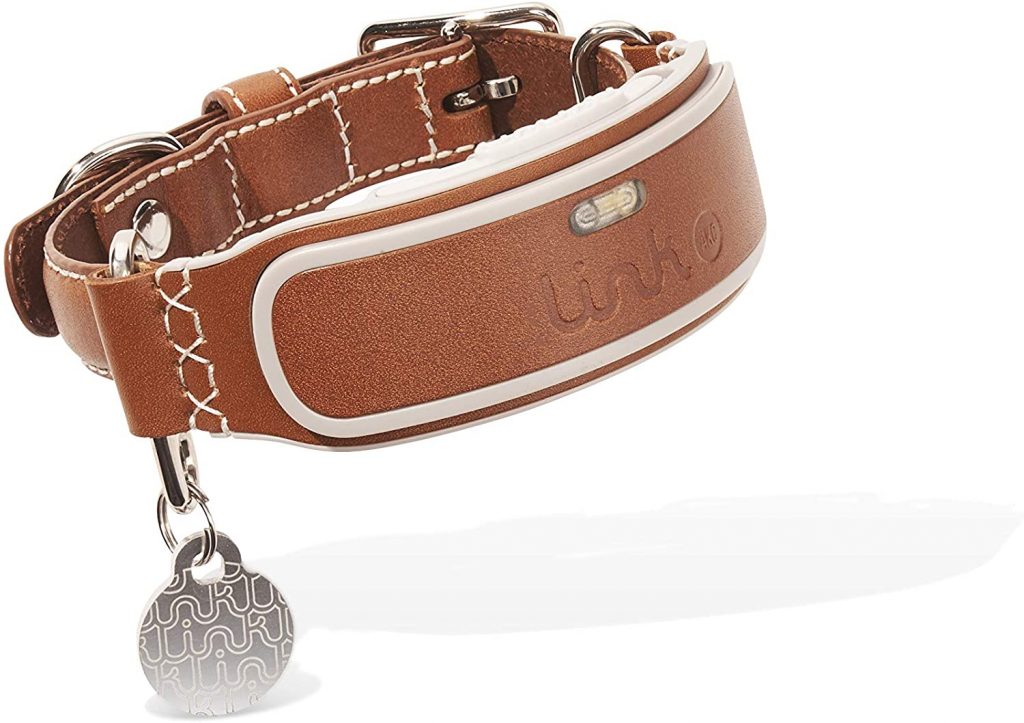Dogs are intelligent creatures with an excellent sense of smell, and they do leave a distinct scent from their paw pads when they walk around. Even then, it’s challenging for dogs to get back home on their own, especially in an unfamiliar location. Cats are even better than dogs in finding their own way home, using magnetic geolocation to their olfactory senses to find their way. Nevertheless, this doesn’t mean you should leave their safety to chance. The American Humane Association estimates that at least one out of three pets become lost at some point within their lifetime. A report from the Coalition for Reuniting Pets and Families also indicates that almost 10 million dogs and cats are lost or stolen in the US every single year. A good percentage of these pets are never returned to their owners. At the same time, those who end up in shelters have a high probability of getting euthanized after a few months of stay. These are truly alarming circumstances for these innocent and lovable creatures.
What Are GPS Dog Collars?
A dog collar is a material that is put around the neck of a dog or any pet that it would fit. Most dog collars are designed to be attached to a leash that you can hold onto while walking your pet. Every pet owner, cat or dog, probably knows what a dog collar is, and they probably have at least one in their possession. Standard dog collars have their purpose and fulfill them well, but now pet owners are given the option to add a GPS tracker. GPS dog collars are lightweight and wearable devices for your pets. Their main purpose is to track your pet’s location and trajectory to maximize the chances of recovery if they get lost. Most trackers are also equipped with the ability to measure exercise levels, temperature, and meal schedules.
How Do GPS Dog Collars Work?
A GPS dog collar is exactly what it sounds like: a dog collar with GPs technology. Global positioning system (GPS) trackers are portable devices that allow you to monitor your pet’s exact location within a given area. GPS trackers rely on a network of satellites to determine the location of a device. GPS trackers mark an object (or in this case, a beloved pet) on a map using trilateration. Trilateration or triangulation is estimating an object’s exact location based on its distance from three GPS satellites. GPS dog collars can track your pet’s location in real-time and over time using a mapping device. Here’s the thing, though. Most GPS trackers on dog collars have a distance limitation based on cellular towers’ locations. We are talking of a radius of anywhere between five to ten miles from the nearest cellular towers. Most pets cannot go that far within a day, so if you track them immediately, there’s a good chance for rescue. It will also help if your pet has a radio frequency identification (RFID) chip to help identify the pet and you as its owner. The identification process usually requires the help of a vet, but in case your pet gets sent to one, they will be able to contact you. Additional precautions include the standard dog tag or ID around its collar.
Why Should You Get a GPS Dog Collar?
GPS trackers have a vital and potentially life-saving function. This is due to the GPS trackers’ ability to broadcast your pet’s location in real-time and over a matter of hours or days. So you can immediately find your pet dog or cat should they ever go missing. A GPS can map out the route your pet takes, and this will appear as elaborate squiggles on a map depending on how much time we’re talking about. Most GPS dog collars have a battery life that can last for days, which is extremely important as you can only track your pet when the device is active. Most GPS dog collars nowadays are also equipped with additional features that monitor your pet’s health, activity, and environment. Some GPS trackers have an activity monitor that tracks the activities that your pet gets into during the day, how much time they spent resting, and other vital pieces of information. Other dog collars allow you to set activity goals based on your pet’s profile. More advanced models also have remote sound activation, temperature alerts, and LED lights.
Other Benefits of a GPS Dog Collar
Most GPS providers also collect information on our pets through these devices. The data they collect is bound to generate some exciting details on aspects of our pets’ behaviors and how they interact with other people. Trackers would also allow us to take a peek into their daily activities and where they go during the day. Collated knowledge of animal behavior may have contributed to the creation of robot dogs modeled after real dogs. These robots use artificial intelligence and mimic the behavior or real dogs. Perhaps the most famous example would be Spot, the yellow robot dog created by Boston Dynamics. What may be a social experiment concerning your cat or dog may have larger implications in technology.
Best GPS Dog Collars to Keep Track of Your Dog’s Location
GPS dog collars come in various shapes and sizes, but they all have the same ability to track your pup wherever it may go. But first, make sure you learn how to set up a VPN, and ensure that your online activities are obscured from third parties. Take a pick from some of the best GPS dog collars available for your beloved pet cat or dog:
Tips to Prevent Your Pets From Getting Lost
Pet care is a complex and highly varied process that requires plenty of research and lots of love. But when it comes to keeping your pet safe inside your house or outdoors, there are a couple of rules that you need to follow as a responsible pet parent. Just like you wouldn’t leave a child in a stroller outdoors, so too should you take extra precautions to safeguard your pet. The tracking device doesn’t have a screen, so almost everything happens through the Whistle app. The app lets you mark a safe zone around your home and enables you to see where exactly your pet is on a map. Once the safe zone has been identified, the tracking device checks for your pet within the safe zone every 12 minutes. The device remains on Bluetooth mode within the safe zone, then switches to 3G if your pet leaves the zone. Of course, you can expect an alert when this happens, and the device will start tracking for your pet. Location tracking is exact, and usually within 10 to fifteen feet of how it appears to be on the map. Aside from tracking capabilities, the device also monitors your pet’s health status, amount of exercise, medication, etc. You can also use proactive alerts for vet appointments, meal times, and more through the app. The Whistle Go tracking device retails for a mid-range price of $129.95. Plus, you will have to select a subscription that costs an average of $9.95 per month to cover the costs of GPS and cellular networks. The device also features a Home Alone mode. This specialized mode sends an automated text message to your emergency contacts if your pet has been home alone for more than 24 hours without you. You can add as many pets to the app as you want, but they need to have a separate tag. The Huan Smart tag is competitively priced compared to other smart trackers. You can get your own for a $30 one-time membership fee and a monthly fee of $3. The device also comes with an unlimited warranty for the tracker. That means that the company will replace the tag for free if your dog or cat accidentally breaks it. If your pet does go missing, all you have to do is tap on the Track button, and the device will start checking in with GPS every 15 seconds. The device has an impressive battery life that can last up to 30 days within the safe zone. But the battery life can be reduced by more than ten days or more if your pet is always active or escapes the safe zone. Activating the tracker mode when your pet goes missing drains the battery life much faster, so you need to act quickly. The Go Explore is filled with plenty of useful features, which also includes health tracking. This provides you with a quick glance of your pet’s total calories burned, distance traversed, and hours that it’s resting during the day. You can also set activity goals for your pet based on its age, weight, and breed. All of these features make the Whistle Go Explore more expensive than the standard, and it stands at the cost of $115. However, there are also monthly fees of approximately $10 per month to cover the cost of covering the costs of GPS and cellular networks. Whistle also now offers specially-designed GPS dog collars to fit the tag for an affordable price of $29.95. Another notable feature of the device is its excellent battery life. The battery life can go as far as one month in between charges. Having a longer battery life is very important, as it means you will need to charge the device less frequently and you’ll have a longer window to find your pet if it gets lost. The tracker itself is a reliable, waterproof device about the size of a matchbox that is securely strapped to the collar. The device also comes with a charger block, a mini USB cable, and a charging base station. The device itself will cost you a one-time fee of $149. And like most GPS dog collars, this comes with subscription fees amounting to $99 per year to cover the costs of GPS and cellular networks. Aside from having the ability to track your pet via GPS, the device also comes with health and fitness monitoring abilities. It will keep track of the distance that your dog walks, medication, food, and so on. You will also receive helpful information about pet care, including potential hazards such as extra heat, dog poison, and flood. The device isn’t rechargeable but has an overall battery life of anywhere between six to nine months. Battery life is always an important consideration, especially in this case, where your pet’s life depends on it. As far as we’re concerned, the DOTT Smart dog tag is the most affordable tracker that offers excellent pet recovery and health checks. You can purchase your own DOTT kit for only $39.99 with no subscription fees attached. The locator operates on two modes: monitoring and tracking. The monitoring mode checks on your pet’s location constantly. In contrast, the tracking mode searches the surrounding area for your lost pet. The locator will show arrows, distance information, and other markers to point you to your pet’s exact location. You will also get alert notifications for when your pet is on the move. It’s clear from the specs alone that this is a powerful and sophisticated device with excellent tracking capabilities. Each kit should contain everything you need to cover one pet, but it comes with a hefty price tag of $235. That includes a waterproof tracking tag, a locator, a charger, and rechargeable batteries that can last up to six weeks. The kit may look expensive, but it’s not that expensive when you consider that there are no subscription fees. You can also purchase additional tracking tags for your other pets and use the first one’s locator and charger. Overall, we find that the use of sophisticated radar technology is fit for the hefty price tag of the MARCOPOLO Advanced Pet Monitoring. You can set up a safe zone around your house to make sure that it notifies you if your dog goes missing. The device comes with a free phone app that allows you to check on your dog’s location and control it. Should your pet go outside the safe zone, you can actively track him/her using the app. When in tracking mode, the device will emit a low-energy Bluetooth signal to locate your pet. If your pet wanders too far, though, you will have to rely on the Pawscout community within your area. The app will notify other Pawscout users in your area about your missing pet. Should your pet pass within the Bluetooth radius of another Pawscout app, it will notify you of the latest marked location. The device itself is waterproof and has a battery life that can last for six to twelve months. The device may not be the most impressive when it comes to features, but it’s highly inexpensive and gets the job done of tracking your pet should they go rogue. The Pawscout Smart Pet Tag retails for a highly affordable price of $19.95. The tracker has a rounded square or rhomboid appearance and comes in shades of blue. It’s covered in a sturdy, waterproof material that should resist damage for when your pets are into rough and tumble. The device is also equipped with a LED light that you can turn on at night. The tracker battery can last up to five days, although that will be significantly reduced during live tracking. One feature that makes Findster Duo+ so unique is the fact that it uses its own network. The device makes use of the proprietary MAZE technology developed by its parent company. MAZE is a unique communication protocol that works on its own sub 1GHz band and doesn’t need cell coverage to work. This adequately explains the lack of subscription fees since the device functions independently without telephone companies’ aid. However, the guardian and pet modules must be within range of three to five miles of each other for the location to show up on the app. Findster Duo+ has an interesting price package for pet owners with at least one pet. Each tracker comes with a pet module, a guardian module, and a charger. The tracker pack suitable for one pet will cost you a one-time fee of $149.99. If you purchase two trackers, you only need to pay $199.99 and only $249.99 for three devices. And as we’ve explained, the service utilizes its own network so there are no subscription fees. The device looks pretty much like a black MP3 player with a clip on the back to attach to your dog’s collar. Despite its old-school appearance, the device is lightweight and waterproof. The device monitors your pet’s location and will send you push notifications when your pet leaves the safe zone. If your pet goes missing, the GPS will actively trace its location every few seconds. However, active tracking is automatically limited to 15-minute intervals, after which the device automatically shuts down. Not to worry, though, because you can still restart the device using your phone. There’s also a countdown timer marking the 15-minute interval. You can also download location information as GPX or KML files. These are the standard format for storing coordinates and geographic information. You could transfer the file to a larger map like Google Earth, etc. The Tractive GPS 3G Pet Tracker may not have a fitness or health monitor, but it does have everything it needs to locate your pets when they go rogue. The device itself is also less expensive than fitness trackers at just $69.99. But then again, you still have subscription payments to cover the costs of GPS and cellular networks. Users are given the option of a basic subscription ($6.99 per month) or premium subscription ($9.99 per month). A basic subscription will get you tracking and GPS positioning, while premium subscribers get additional features. You can also set up alerts for when your dog’s environment is too hot or too cold. An LED light was also built into the device for use in dark places. The device also allows you to set up an activity profile that generates recommendations for activity based on your dog’s age, breed, and size. You can also use the app to take pictures of your dog’s paperwork for storage in-app. This is useful for sharing health and wellness updates with the vet and your friends. The Link AKC Smart Dog Collar is available in four sizes, so you can choose the best fit for your pet. The device is on the upper end of the pricing scale at $179. Then again, there’s the monthly subscription fee, which will cost you $9.95 per month to cover the costs of GPS and cellular networks.
Crucial Precautionary Measures for Pet Recovery
Additional Measures for Your Pet’s Safety
Final Thoughts on GPS Dog Trackers for Your Pet
There are a handful of preventive measures to ensure your pet can be identified if it goes missing. You could put a dog tag with your contact information or have a microchip placed underneath your pet’s skin. Both measures have their merits, but both still rely on the assumption that your pet will be rescued by someone else. And many things can happen between the time the owner notices they’re gone, and the time they’re found. With GPS trackers, you can locate them irrespective of whether someone finds them or not. Most can also provide you with helpful information about your pet’s behavior and the extent to which they eat, sleep, and exercise. Nevertheless, having a GPS tracker is no complete assurance that you’ll be able to get your pet back. There are some unfortunate circumstances that would make a recovery unlikely. Let’s say your pet goes missing when the device’s battery is low or if you happened to live in an area with hazy cell reception. Recovery may also be unlikely if you happened to lose your phone right before your dog runs off. These things could hamper your chances of recovering your pet. Even then, the benefits of using a GPS tracker far outweigh these risks. And if you love your pet as much as we do, you won’t take chances with their safety.

![]()
